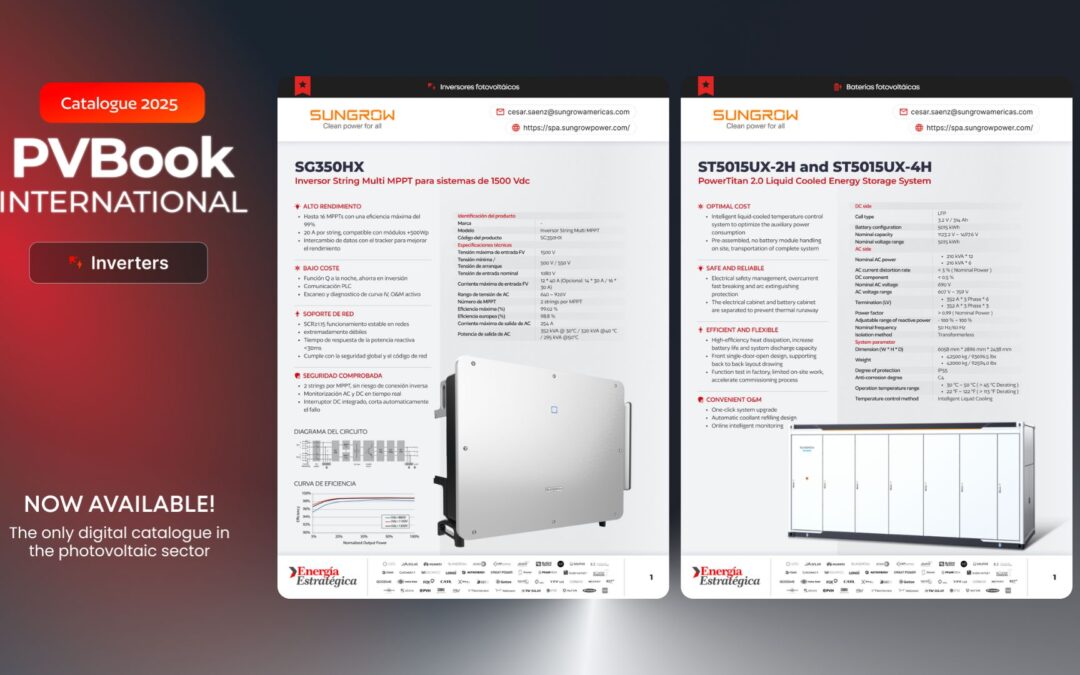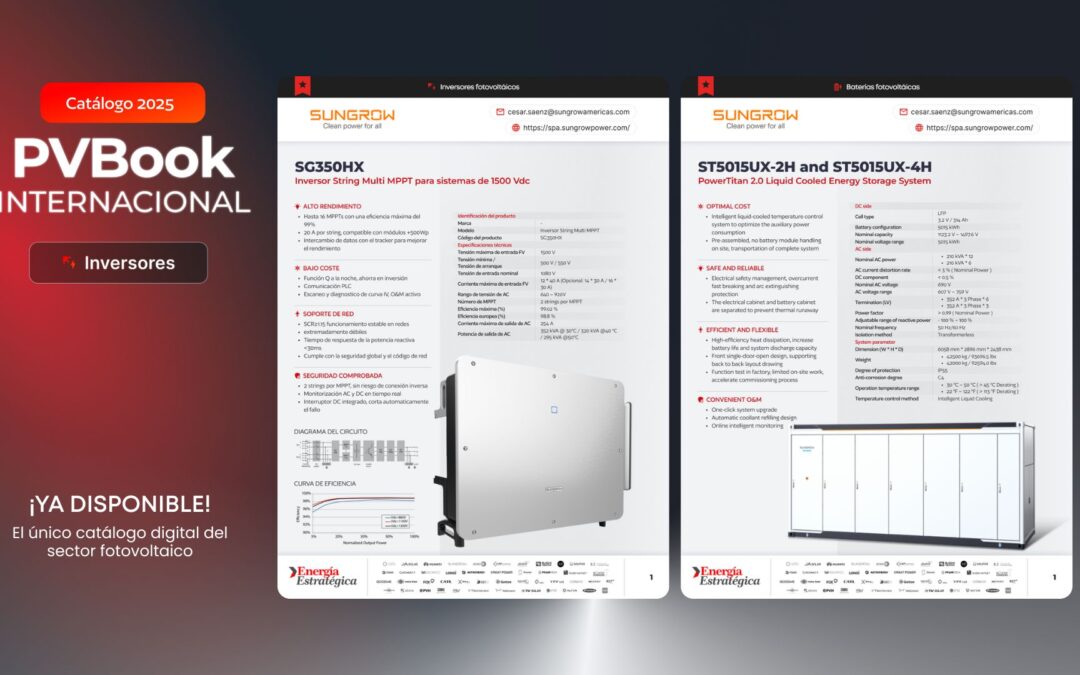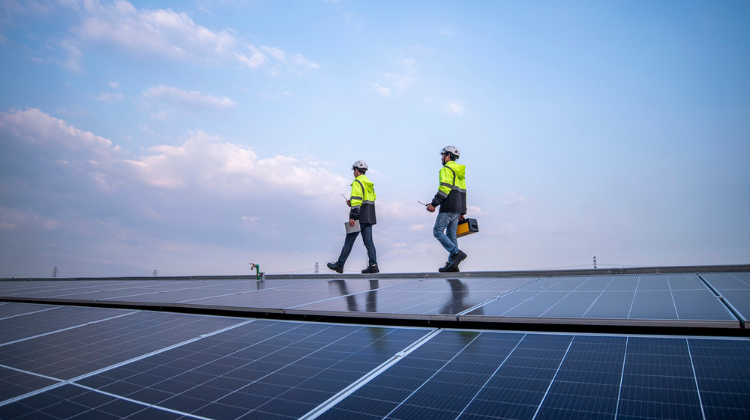Poland is embarking on its most ambitious economic shift in decades. With projected investments reaching PLN 1.9 trillion by 2050, the country aims to drastically reduce its historical reliance on coal and establish itself as a clean energy leader in Central Europe. This is outlined in the report “Polska Energetyka 2050”, published by McKinsey & Company.
The consultancy describes this moment as a “historic opportunity” to cut energy costs and enhance Poland’s economic competitiveness, particularly as the country currently faces some of the highest electricity prices in Europe. Wholesale electricity prices could fall by PLN 150 per MWh by 2050, generating direct economic savings of PLN 25 billion per year.
“The energy sector overhaul is key to improving Poland’s economic competitiveness, reducing electricity prices, and accelerating the decarbonisation of the power sector,” affirms McKinsey & Company.
CO₂ Emissions: Ambitious Reduction Targets
McKinsey projects that the Polish power sector’s CO₂ emissions could fall by 60% by 2030 and up to 97% by 2050 compared to 2023 levels. Achieving this would align Poland with EU climate targets under the European Green Deal.
“By 2035, renewables will generate as much electricity as coal-fired plants produce today—around 70% of the total supply,” the consultancy highlights.
Currently, over 61% of Poland’s electricity comes from coal. Coal demand is expected to plummet from 33 million tonnes in 2023 to just 7 million tonnes by 2035.
This transition will have major social implications, particularly for regions dependent on mining such as Bełchatów and Zagłębie Śląsko-Dąbrowskie. McKinsey warns that “a comprehensive restructuring plan for the mining sector will be essential to mitigate social impacts.”
An Opportunity for Domestic Industry
The energy transition offers a major industrial opportunity. McKinsey identifies the growth potential of the domestic manufacturing sector for wind turbine towers, photovoltaic panels, and energy storage systems.
“Expanding local manufacturing of renewable energy components will help reduce investment costs and improve project efficiency,” the report notes.
According to the report, Poland is expected to increase its onshore wind power capacity from 9 GW today to 33 GW by 2040 and offshore wind capacity to 10 GW by 2040, generating 45 TWh annually.
The Future Role of Green Hydrogen
While large-scale green hydrogen production is unlikely before 2035, McKinsey predicts it will play a key role in decarbonising heavy industries and transport in the long term.
“The emergence of green hydrogen will largely depend on regulatory incentives and advances in electrolysis technologies,” the consultancy explains.
Accelerated Electrification and Industrial Demand
Poland’s energy demand is set to rise sharply, driven by the electrification of transport and industry. According to McKinsey, by 2040, electricity consumption will reach 318 TWh per year, fuelled by increased use of electric heating systems and industrial steam production.
This sharp rise in demand will be supported by a modernised grid, expanded energy storage capacity, and the continued decline in technology costs for solar and wind power.
“The success of this energy overhaul depends on the efficient execution of investments and the labour market’s ability to adapt to new technologies,” concludes McKinsey & Company.
Poland to Hold Record-Breaking Renewables Auction in 2025
In a decisive move to accelerate investment, the Polish Government has announced its largest-ever renewable energy auction, scheduled for 2025. The auction will aim to allocate contracts for 15 GW of new renewable capacity, focusing on solar, onshore wind, and offshore wind energy.
This record-breaking auction will play a crucial role in achieving Poland’s energy goals, filling the gap before the launch of the country’s first nuclear power plant, which is expected to become operational in 2037.
Additionally, the auction is designed to reduce reliance on electricity imports from Germany and Sweden. The auction will feature a streamlined permitting process and financial incentives aimed at attracting both domestic and international investors.

URE’S auctions calendar
































